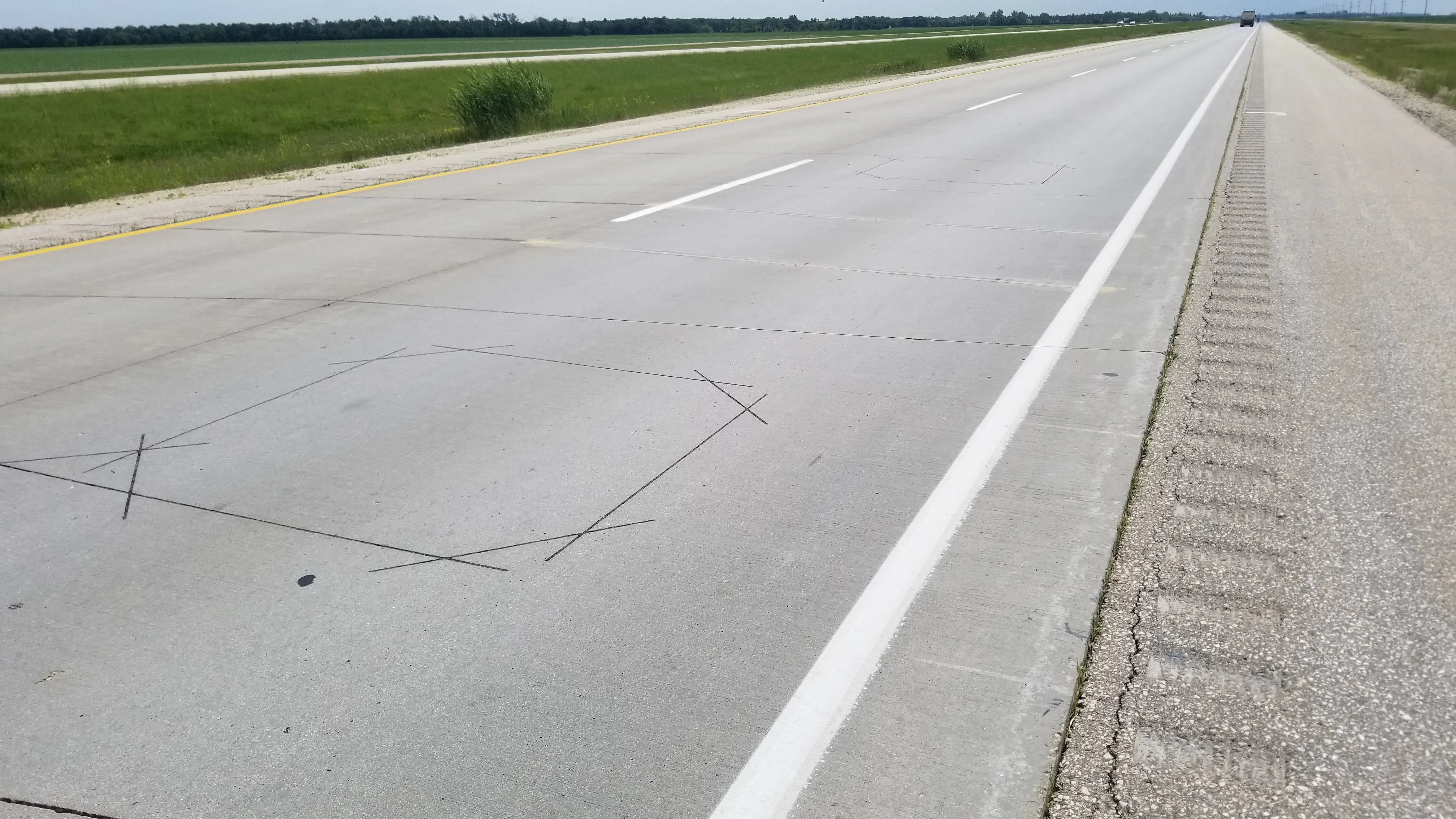Data collected by the Montana Department of Transportation using Help’s 360SmartView truck safety screening system show significant results from focusing limited enforcement resources on trucks that are out of compliance with safety and credential requirements. The results, based on data from the 360SmartView system during the first year of operation at Montana’s westbound Billings inspection facility, include: a 23 percent increase in violations detected per inspection; a 25 percent increase in inspected v
April 24, 2013
Read time: 2 mins
Data collected by the 7318 Montana Department of Transportation using Help’s 360SmartView truck safety screening system show significant results from focusing limited enforcement resources on trucks that are out of compliance with safety and credential requirements.
The results, based on data from the 360SmartView system during the first year of
operation at Montana’s westbound Billings inspection facility, include: a 23 percent increase in violations detected per inspection; a 25 percent increase in inspected vehicles falling within FMCSA’s “Inspect” category; and increases in revenue from temporary fuel and vehicle registration permit sales of 55 and 88 percent.
360SmartView is a new cloud-based, truck-sorting system for roadside weigh stations and mobile enforcement. A core, in-station offering, 360SmartView provides state enforcement officials with a single and complete view of each truck’s safety and compliance status, enabling them to make selection decisions based on a 360-view of each vehicle. 360SmartView can be deployed at fixed, staffed inspection facilities or at remote, unstaffed locations and be accessed by officers assigned to mobile enforcement.
The system deployed in Montana uses in-station cameras to electronically screen all trucks entering the inspection facility. The system presents roadside enforcement officials with a compliance snapshot based on cloud-based information from the U.S. Department of Transportation and as many as ninety other government data sources.
“360SmartView is good for Montana. The results are significant at our fixed inspection facilities. We believe that use of the system in remote and virtual deployments will produce similar results,” commented Dennis Hult, Operations Bureau Chief, Montana Department of Transportation, while Lieutenant Russ Christoferson, Motor Carrier Services Officer, Billings, Montana, said “360SmartView helps us work smarter, not harder. It identifies compliance deficiencies for our site officers in a simple one-screen snapshot, rather than requiring them to check multiple government data sources.”
The results, based on data from the 360SmartView system during the first year of
operation at Montana’s westbound Billings inspection facility, include: a 23 percent increase in violations detected per inspection; a 25 percent increase in inspected vehicles falling within FMCSA’s “Inspect” category; and increases in revenue from temporary fuel and vehicle registration permit sales of 55 and 88 percent.
360SmartView is a new cloud-based, truck-sorting system for roadside weigh stations and mobile enforcement. A core, in-station offering, 360SmartView provides state enforcement officials with a single and complete view of each truck’s safety and compliance status, enabling them to make selection decisions based on a 360-view of each vehicle. 360SmartView can be deployed at fixed, staffed inspection facilities or at remote, unstaffed locations and be accessed by officers assigned to mobile enforcement.
The system deployed in Montana uses in-station cameras to electronically screen all trucks entering the inspection facility. The system presents roadside enforcement officials with a compliance snapshot based on cloud-based information from the U.S. Department of Transportation and as many as ninety other government data sources.
“360SmartView is good for Montana. The results are significant at our fixed inspection facilities. We believe that use of the system in remote and virtual deployments will produce similar results,” commented Dennis Hult, Operations Bureau Chief, Montana Department of Transportation, while Lieutenant Russ Christoferson, Motor Carrier Services Officer, Billings, Montana, said “360SmartView helps us work smarter, not harder. It identifies compliance deficiencies for our site officers in a simple one-screen snapshot, rather than requiring them to check multiple government data sources.”








